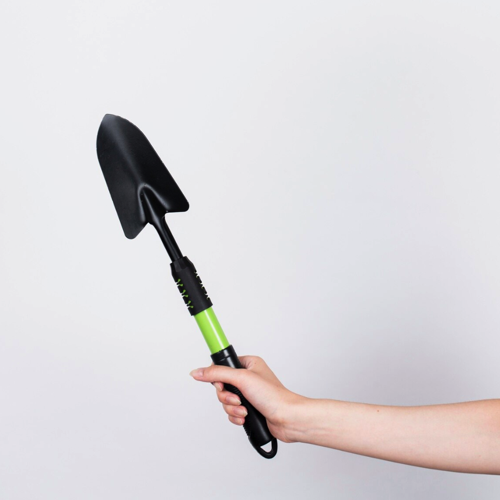Drag reduction design and experiments for the chisel-shaped shovel tip

Published: 16 April 2024
Abstract Views: 336
PDF: 231
HTML: 5
HTML: 5
Publisher's note
All claims expressed in this article are solely those of the authors and do not necessarily represent those of their affiliated organizations, or those of the publisher, the editors and the reviewers. Any product that may be evaluated in this article or claim that may be made by its manufacturer is not guaranteed or endorsed by the publisher.
All claims expressed in this article are solely those of the authors and do not necessarily represent those of their affiliated organizations, or those of the publisher, the editors and the reviewers. Any product that may be evaluated in this article or claim that may be made by its manufacturer is not guaranteed or endorsed by the publisher.
Similar Articles
- Hossein Khaledian, Homayoun Faghih, Ata Amini, Classifications of runoff and sediment data to improve the rating curve method , Journal of Agricultural Engineering: Vol. 48 No. 3 (2017)
- George Ashwehmbom Looh, Fangping Xie, Xiushan Wang, Augustine Ngiejungbwen Looh, Hamdaoui Hind, Grain kernel damage during threshing: a comprehensive review of theories and models , Journal of Agricultural Engineering: Vol. 56 No. 1 (2025)
- José Roberto Moreira Ribeiro Gonçalves, Gabriel Araújo e Silva Ferraz, Étore Francisco Reynaldo, Diego Bedin Marin, Patrícia Ferreira Ponciano Ferraz, Manuel Pérez-Ruiz, Giuseppe Rossi, Marco Vieri, Daniele Sarri, Comparative analysis of soil-sampling methods used in precision agriculture , Journal of Agricultural Engineering: Vol. 52 No. 1 (2021)
- Zanbin Zhu, Yubin Li, Shoufu Gong, Design and experiment of Internet-of-Things cooling system in glass greenhouse based on computational fluid dynamics simulation , Journal of Agricultural Engineering: Vol. 54 No. 3 (2023)
- Bing Li, Jiyun Li, Key technology of crop precision sowing based on the vision principle , Journal of Agricultural Engineering: Vol. 54 No. 1 (2023)
- Melis Inalpulat, Monitoring and multi-scenario simulation of agricultural land changes using Landsat imageries and future land use simulation model on coastal of Alanya , Journal of Agricultural Engineering: Vol. 55 No. 1 (2024)
- Angelo Fabbri, Chiara Cevoli, Estimation of semolina dough rheological parameters by inversion of a finite elements model , Journal of Agricultural Engineering: Vol. 46 No. 3 (2015)
- Hui Yang, Yuhao Li, Chengguo Fu, Rongxian Zhang, Haibo Li, Yipeng Feng, Yaqi Zhang, Hongbin Cong, Fuquan Nie, Research on inspection route of hanging environmental robot based on computational fluid dynamics , Journal of Agricultural Engineering: Vol. 55 No. 2 (2024)
- Daniele Torreggiani, Alberto Barbaresi, Francesca Dallacasa, Patrizia Tassinari, Effects of different architectural solutions on the thermal behaviour in an unconditioned rural building. The case of an Italian winery , Journal of Agricultural Engineering: Vol. 49 No. 1 (2018)
- Caiqi Liao, Jin Chen, Fanzhao Geng, Xueming Tang, Airflow basin structure numerical optimisation analysis and suction nozzle characteristics experimental study of vacuum-vibration tray precision seeder , Journal of Agricultural Engineering: Vol. 53 No. 4 (2022)
<< < 1 2 3 4 5 6 7 8 9 10 > >>
You may also start an advanced similarity search for this article.

 https://doi.org/10.4081/jae.2024.1576
https://doi.org/10.4081/jae.2024.1576












